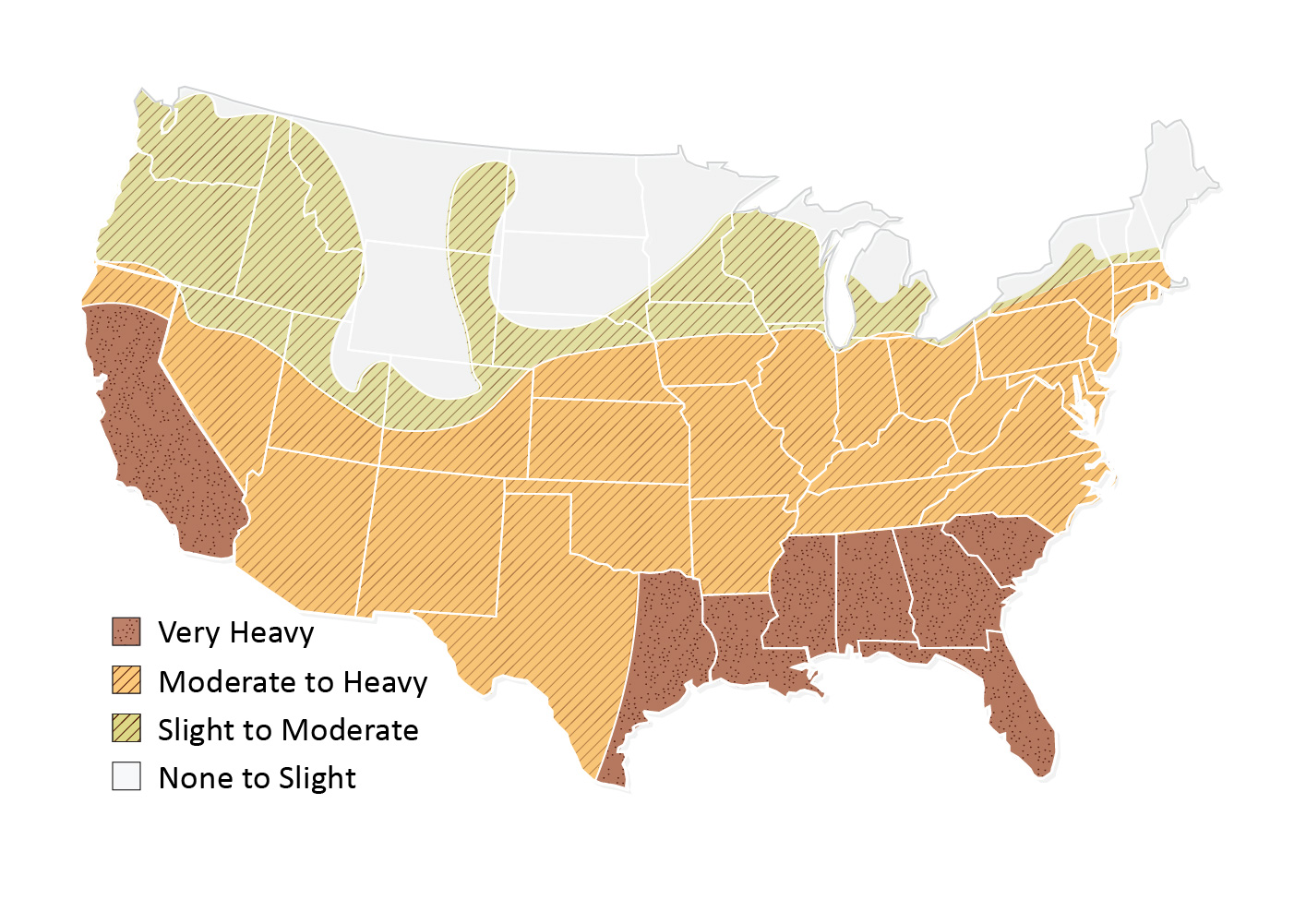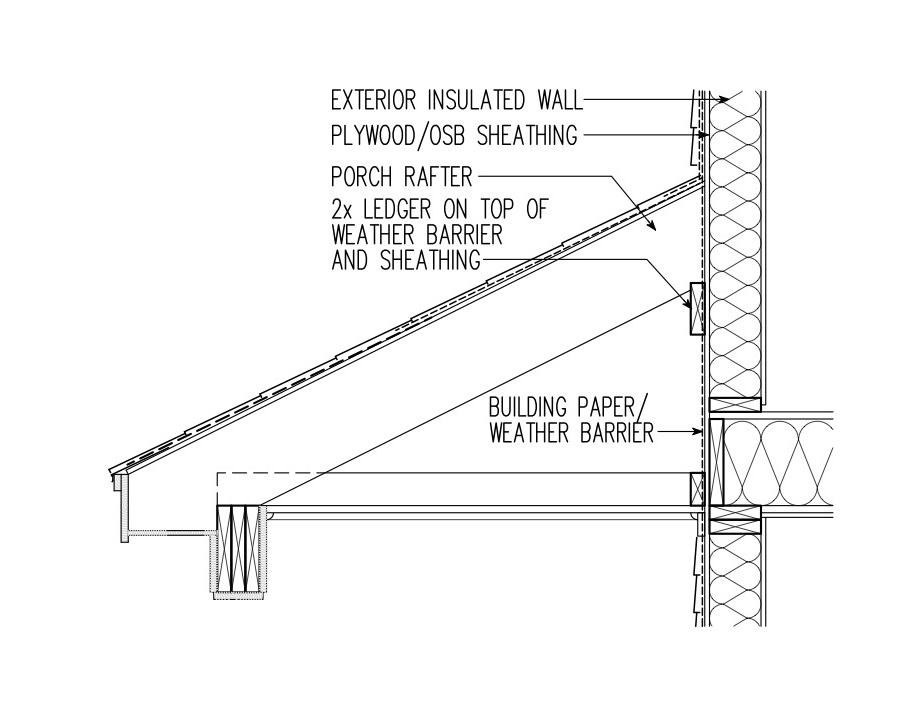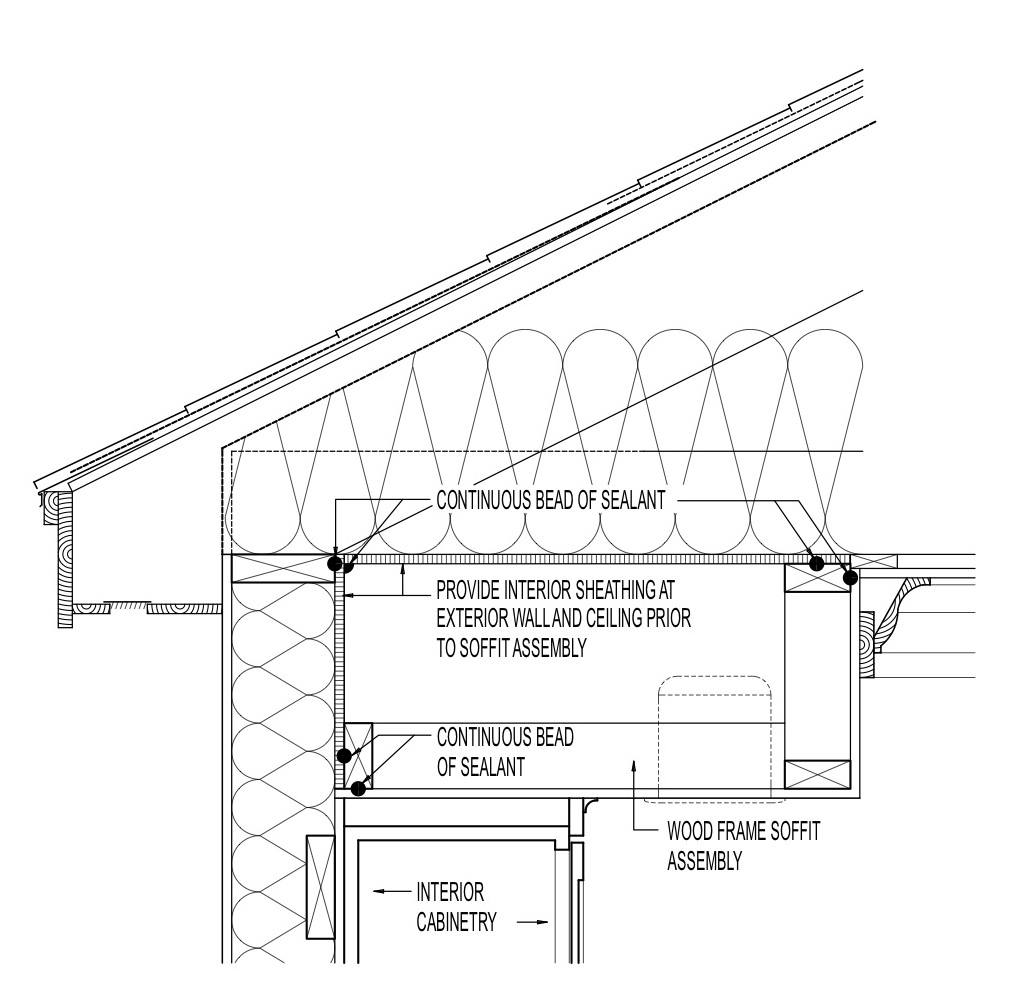Scope
Secure appliances, equipment, and heavy furniture to wall studs and/or floors.
Anchor or secure:
- Refrigerators
- Dishwashers
- Clothes washers and clothes dryers
- Water heaters
- Furnaces and air handlers
- Wood stoves
- Freezers
- Stoves, ovens, microwave ovens
- Electronics, televisions, computers, monitors, stereo equipment
- Heavy furniture like bureaus, dressers, and cabinets.
Description
Appliances and heavy furniture such as dressers, bookcases, refrigerators, stoves, clothes washers, and clothes dryers can rock, shift, and fall over during an earthquake or other natural disaster. Appliances, equipment, and heavy furniture should be anchored to walls or floors to prevent tip-over during natural disasters as well as for everyday use, especially if small children live in the house. This can be done by a handy homeowner or a contractor.
There is no mandatory federal standard that requires manufacturers to design products and provide installation guidance to prevent tip-over. It is up to homeowners and contractors to be proactive to mitigate tip-over hazards. Figure 1 shows several items around the house that can and should be anchored to prevent appliances from tipping over and other hazards from occurring in an earthquake and other natural disasters.
In the United States from 2000 through 2019, it is estimated there was an annual average of 25,500 injuries treated in emergency departments and 571 deaths due to furniture or appliances tipping over (USCPSC 2021). The STURDY Act (H.R. 1314) “Stop Tip-overs of Unstable, Risky Dressers on Youth Act” was passed in the U.S. House on June 23, 2021, and received in the Senate on June 24, 2021. But even if passed into law, this act will not be inclusive of every type of consumer product and can only govern new products.
Contractors perform a real service to homeowners by providing guidance and modification to secure furniture, appliances and equipment. As described above, toddlers are at risk of injury or death from tip-overs (Figure 1), and in locations prone to earthquakes, tornadoes, hurricanes, or floods, it is even more important to anchor and secure appliances to reduce the risk of damage to the appliances, the home and its contents, and to people (Figure 2).
Preventative steps to take throughout the home to prepare for an earthquake or other natural disaster:
Furniture and appliances can be anchored to the walls using anti-tip devices designed for this specific purpose. The Consumer Product Safety Commission describes anchoring devices on their Anchor It! website. Homemade versions of anchoring devices can be made using safety cables, chains, or nylon straps with screw-eye fasteners or brackets. There are many commercially available kits that are effective and easy to install.
All restraints should be connected at the mid-to-upper portion of the furniture or appliance (at or above the center of gravity) to provide the greatest resistance to overturning. The restraining device should be mechanically fastened, not glued, if possible. It should be attached to a strong, solid component of the furniture or appliance side. It should be anchored to a stud in the wall with screws that are long enough to engage at least an inch of the stud.
In addition to tip-over concerns, appliances may have rigid gas or water connections. These should be replaced with flexible connectors, and automatic shut-off valves should be installed for gas and water supply systems.
For protection against flood waters, equipment that is located outside or in a basement may need anchors or tie downs to the ground. Or, the equipment may need to be elevated or swales or barriers may need to be installed to divert surface water flows away from the equipment. For more information, see the guides Fuel Tanks Anchored for Disaster Resistance, Water Heater Elevated and Secured, and Outdoor HVAC Equipment Elevated and Secured for Resistance to Floods, Earthquakes, and High Winds.
Whenever dealing with powered appliances, make sure they are unplugged or the circuit breakers are off to prevent electrocution while installing anchoring hardware. Also turn off gas valves at the wall. When re-connecting appliances after modifications, remember to check for firm connections and examine flexible gas piping and collars to confirm there are no leaks.
Below are some examples of appropriate anchoring methods for various appliances.
HVAC Units
In disaster-prone areas, HVAC equipment should be anchored to the floor. If HVAC equipment is located outside, it should be anchored to a solid base to resist seismic, flood, and wind forces. A more detailed explanation of anchoring requirements for outdoor equipment is provided in Home Innovation Research Lab’s ToolBase guide Outdoor HVAC Equipment Elevated and Secured for Resistance to Floods, Earthquakes, and High Winds.
Gas Water Heaters
Gas water heaters are connected to rigid gas piping which will break during earthquake shaking. This can result in gas leakage and an explosion hazard. The water heater should be disconnected from the rigid gas piping and connected to a flexible connector with an automatic gas shut-off valve.
Freezers
A free-standing freezer can be anchored to the wall using a nylon strap with screw eyes or anchors screwed into the wall. If the freezer is located in a garage, it may be recommended to locate it away from the overhead door and to use door straps to prevent the door from falling and crushing the freezer.
Ranges
Ranges and ovens can tip over or be moved out of position during an earthquake. Ranges should be anchored to the wall using nylon straps with screw eyes or anchors screwed into the wall. The straps should be attached to the rear legs of the range. Ovens that are located below a cooktop should be strapped together.
Microwave Ovens
Microwave ovens can be anchored to the wall using a nylon strap with screw eyes or anchors screwed into the wall. In some cases, it may be necessary to provide a shelf or support bracket for the oven.
Televisions
Large-screen televisions can tip over and fall off of tables, dressers, or cabinets. Large televisions should be anchored to the wall using an anti-tip strap.
Furniture
Dressers, bureaus, and bookcases can tip over and crush a child. Furniture should be anchored to the wall using a nylon strap with screw eyes or anchors screwed into the wall.
Compliance with Appliance Safety Standards
Ensuring the safety of domestic appliances and equipment is of paramount importance. Various codes, standards, and regulations have been put in place to guarantee the safe installation and use of these appliances. In this section, we will delve into the key compliance requirements and standards that govern the installation and safety of appliances.
International Mechanical Code (IMC)
The International Mechanical Code (IMC) provides crucial guidelines for the installation of domestic appliances. Section 917 of the IMC specifically addresses cooking appliances designed for permanent installation, including ranges, ovens, stoves, broilers, grills, fryers, griddles, and barbecues. According to this code, these appliances must be listed, labeled, and installed in strict accordance with the manufacturer’s instructions. Manufacturers typically include securement devices such as brackets and provide detailed installation instructions to ensure compliance.
California Plumbing Code
The California Plumbing Code includes requirements related to appliance support. Section 507.3 of the 2018 California Plumbing Code emphasizes the importance of appliances and equipment having either load-distributing bases or a sufficient number of supports. This is crucial to prevent damage to both the building structure and the appliance or equipment. Compliance with these provisions is essential to ensure the safe installation of appliances.
American Home Furnishings Alliance (AHFA)
The American Home Furnishings Alliance (AHFA) plays a significant role in promoting safety in the furniture and storage industry. AHFA urges manufacturers to comply with ASTM F2057-19, a voluntary stability standard for clothing storage furniture. Additionally, ASTM F3096-14 provides a standard for tipover restraints used with clothing storage units. These standards are essential for testing and reducing the risk of tip-over incidents in various furniture pieces, including drawer chests, cabinets, armoires, dressers, and bureaus. Furniture manufacturers must adhere to these standards to enhance stability and safety.
CPSC Safety Standard for Clothing Storage Units
The Consumer Product Safety Commission (CPSC) has proposed a rulemaking that would require clothing storage units (CSUs) to meet specific stability requirements. This proposed rule aims to enhance the safety of CSUs by ensuring stability, appropriate labeling, and safety information. Compliance with this standard will be crucial for manufacturers and consumers to prevent tip-over incidents involving clothing storage units.
Underwriters Laboratories Inc. (UL) Standard for Household Electric Ranges
The UL Standard for Household Electric Ranges (UL 858) is a voluntary safety standard for electric ranges. Manufacturers of electric ranges must comply with this standard, which includes performance requirements related to stability under both normal and abnormal use conditions. To address stability concerns under abnormal use conditions, most manufacturers include anti-tipping brackets to secure the range to the floor or adjacent walls or cabinets during installation.
American National Standards Institute (ANSI) Standard for Household Indoor Cooking Gas Appliances (ANSI Z21.1)
The ANSI Standard for Household Indoor Cooking Gas Appliances (ANSI Z21.1) is another voluntary safety standard, primarily focused on electric ranges. Similar to UL 858, this standard outlines performance requirements and addresses stability under normal and abnormal use conditions. Manufacturers typically include anti-tipping brackets to ensure compliance with stability requirements when installing these appliances.
Homeowners can take steps to secure appliances, equipment, and heavy furniture to wall studs and/or floors to prevent tip-over during natural disasters. This can be done using anti-tip devices designed for this specific purpose or with homemade versions using safety cables, chains, or nylon straps with screw-eye fasteners or brackets. Commercially available kits are also effective and easy to install. Anchoring appliances not only reduces the risk of injury and damage during natural disasters but also provides safety in everyday use, especially in households with small children. Additionally, appliances with gas or water connections should be properly secured to prevent leaks and hazards. Contractors can provide valuable guidance and services in anchoring appliances and equipment to ensure the safety of homeowners and their properties.
For immediate service or consultation, you may contact us at Allied Emergency Services, INC.
Contact Information:
- Phone: 1-800-792-0212
- Email: Info@AlliedEmergencyServices.com
- Location: Serving Illinois, Wisconsin, and Indiana with a focus on the greater Chicago area.
If you require immediate assistance or have specific questions, our human support is readily available to help you.
Disclaimer: This article is intended for informational purposes only. For professional advice, consult experts in the field.










